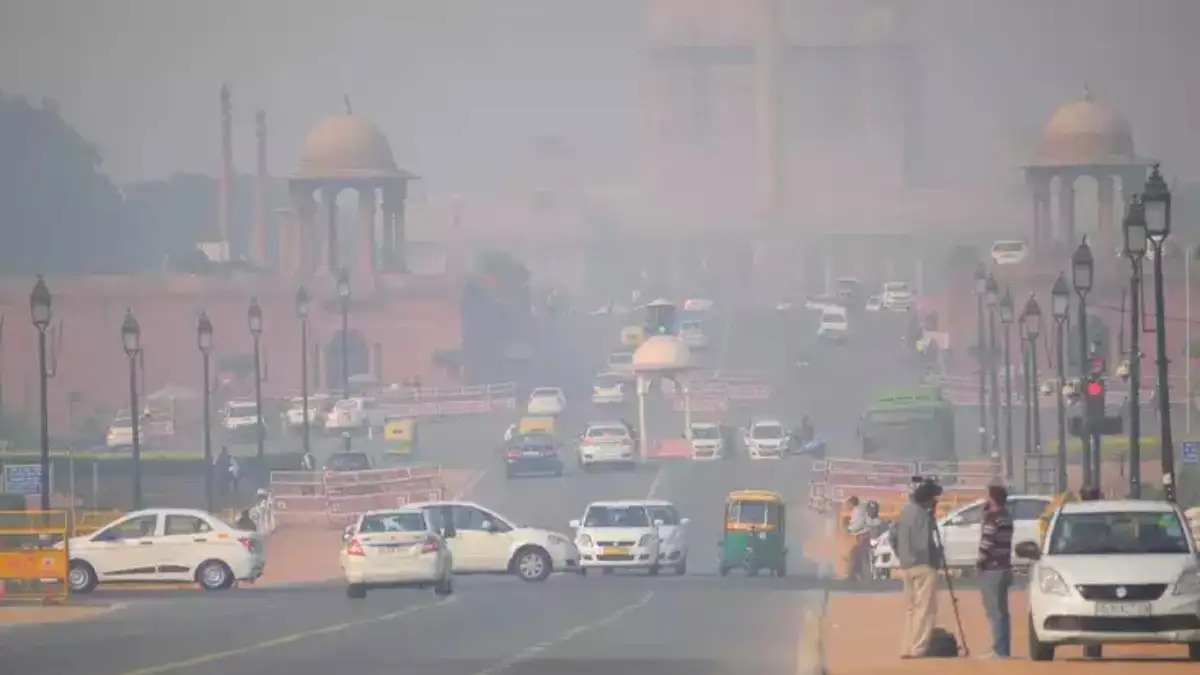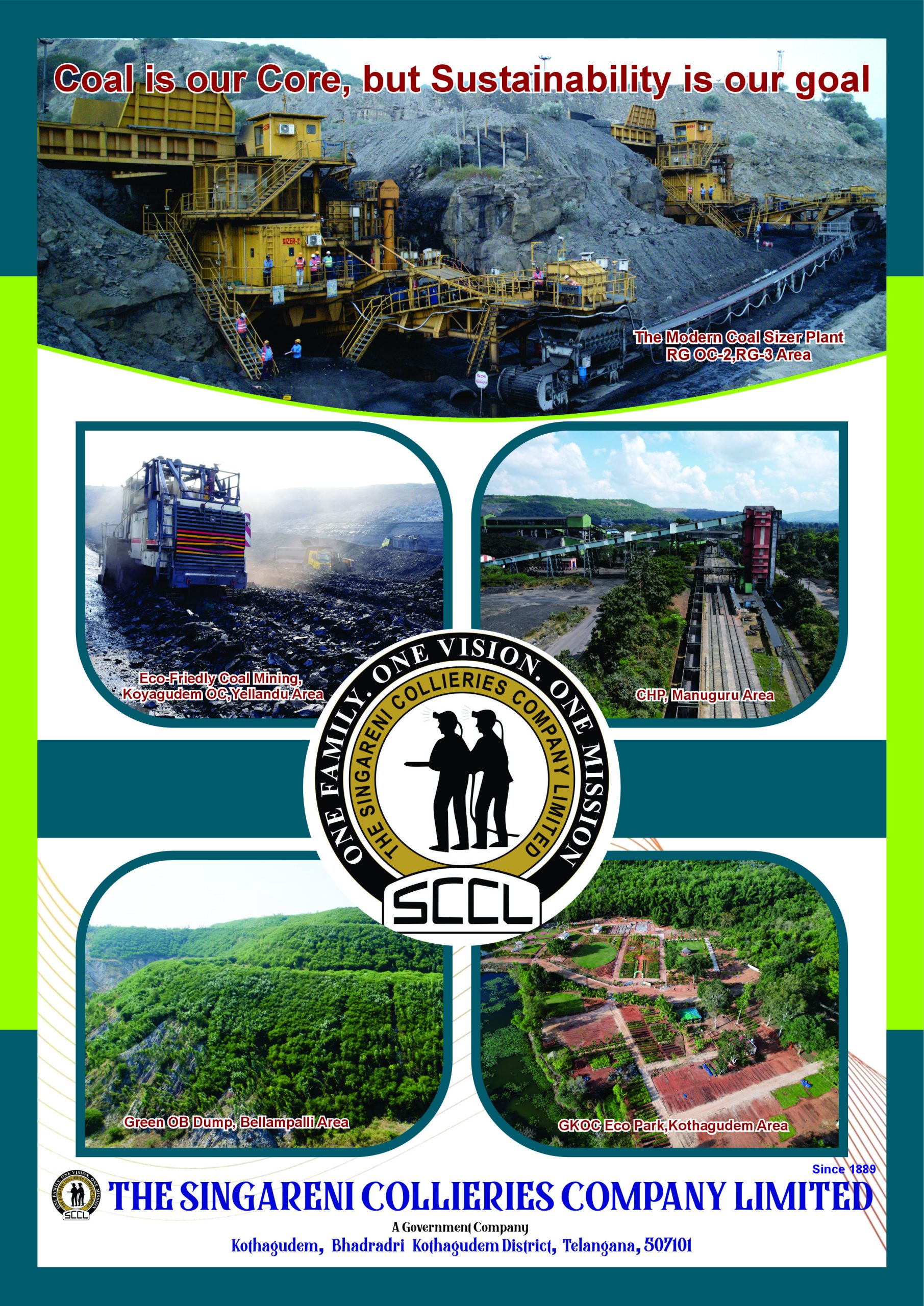The Comptroller and Auditor General (CAG) of India’s report on vehicular air pollution in Delhi has highlighted major shortcomings in the Pollution Under Control (PUC) certification system, vehicle emission data, and public transport infrastructure.
Key Findings of the CAG Report
The CAG report, titled ‘Performance Audit of Prevention and Mitigation of Vehicular Air Pollution in Delhi’ for the year ending March 31, 2021, was tabled by Chief Minister Rekha Gupta in the Delhi Legislative Assembly on Tuesday. The report underscores the failure of the previous AAP government in effectively tackling air pollution, which was a major election issue for the BJP.
Major Concerns Raised:
- Discrepancies in PUC Certification: The CAG flagged issues in the Pollution Under Control (PUC) system, indicating lapses in ensuring proper emission checks for vehicles.
- Lack of Vehicle Emission Data: The report pointed out the absence of data regarding the type and number of vehicles on Delhi roads and their emission loads.
- Shortage of Public Transport Buses: A significant deficit in public buses and last-mile connectivity options has forced greater reliance on private vehicles, exacerbating pollution.
- Non-Implementation of Cleaner Transit Alternatives: The previous government failed to introduce Monorail, Light Rail Transit, and Electronic Trolley Buses, which could have reduced pollution levels.
- Inaccuracies in CAAQMS Data: The Continuous Ambient Air Quality Monitoring Stations (CAAQMS) have reported inaccurate data, affecting pollution mitigation strategies.
Alarming Air Pollution Trends
The findings hold significance as Delhi’s air quality was categorized as ‘poor’ to ‘severe’ for 1,195 out of 2,137 days (56%) over the last five years, severely affecting public health.
The CAG report specifically examined the transport sector’s contribution to air pollution, identifying vehicular emissions as the largest controllable pollution source within Delhi.
Future Implications
With the report highlighting critical gaps in the previous administration’s efforts, the current government faces urgent pressure to implement corrective measures, including strengthening public transport infrastructure, enforcing stricter PUC norms, and promoting greener alternatives to personal vehicles.


